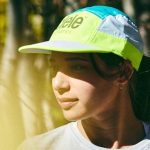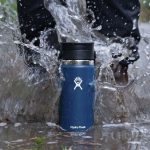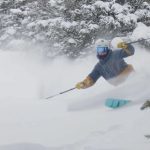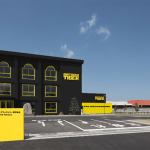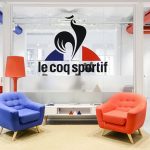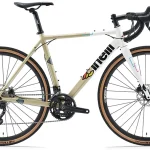Retail sales of athletic footwear rose 9.8% during the six-month period, October 2005 through March 2006, according to newly released data from the National Sporting Goods Association (NSGA). Sales for the six-month reporting period were $6.08 billion versus $5.53 billion for the same period the previous year. Unit sales for the period had risen 7.4%, indicating that price increases held during the six months.
Only three categories, two of them small, of the 16 types of athletic footwear covered in the survey showed sales declines during the six-month period. Sales of cross training shoes, a major category, fell 4% in both dollars and units. Volleyball shoe sales, although flat in units, fell 12% in dollars. Trail running shoe sales declined 7% in dollars.
Among footwear categories with projected sales of five million units or more for the six-month period, only cross training shoes showed no increase in dollar sales.
Both sneaker categories were strong. Fashion sneakers led the dollar increase, up 19%; they were matched by gym shoes/sneakers, also up 19%. Although not having the volume of the sneaker categories, fitness shoe dollar sales rose 18%.
Other categories showing increases were jogging/running shoes, up 14%, and walking shoes, up 9%. Tennis shoe and basketball shoe sales were each up 5%.
In addition to the 16 athletic footwear categories in the survey, 10 other recreation and sport footwear categories were surveyed. For all 26 categories, sales rose 9.0% to $7.11 million versus $6.52 million for the same period the previous year. Unit sales for the 26 categories rose 6.5%.
“Sales for all categories are running stronger than the 4% increase the Association had forecast for footwear sales for 2006,” said NSGA Vice President of Information & Research Thomas B. Doyle. “If sales for the remaining six months maintain this pace, sales of athletic and sport footwear would exceed the $17 billion mark for the first time since NSGA began tracking athletic footwear sales more than 25 years ago.”
The largest categories — in terms of dollars spent by consumers during this six-month period — were walking shoes ($1.73 billion) and running/jogging shoes ($1.03 billion).
For the six-month reporting period, full-line sporting goods stores accounted for 11.9% of unit sales in athletic footwear, a decline from 14.1% last year. Specialty athletic footwear stores and department stores gained market share. Specialty athletic footwear stores claimed 12.3% of units in the athletic and footwear market versus 10.9% the previous year; department stores, 21.6% versus 19.9% the previous year.
In units, online/Internet sales were 4.6% of the athletic footwear market, up from 3.8% the previous year.
To gather the data, NSGA surveys a total of 40,000 households — 20,000 households twice a year. The 26 footwear categories covered include aerobic, baseball/softball, basketball, boat/deck, bowling, cheerleading, cross training, cycling, fashion sneakers, fitness, football, golf, gym shoes/sneakers, hiking, hunting, jogging/running, skateboarding, soccer, sport sandals, tennis, track, trail running, volleyball, walking, water sports and wrestling.
The full report on the athletic and sports footwear market will be part of the “The Sporting Goods Market in 2007,” which will be available from the National Sporting Goods Association in May 2007. The current Sporting Goods Market report provides footwear data for the 12-month period of October 2004 through September 2005.

